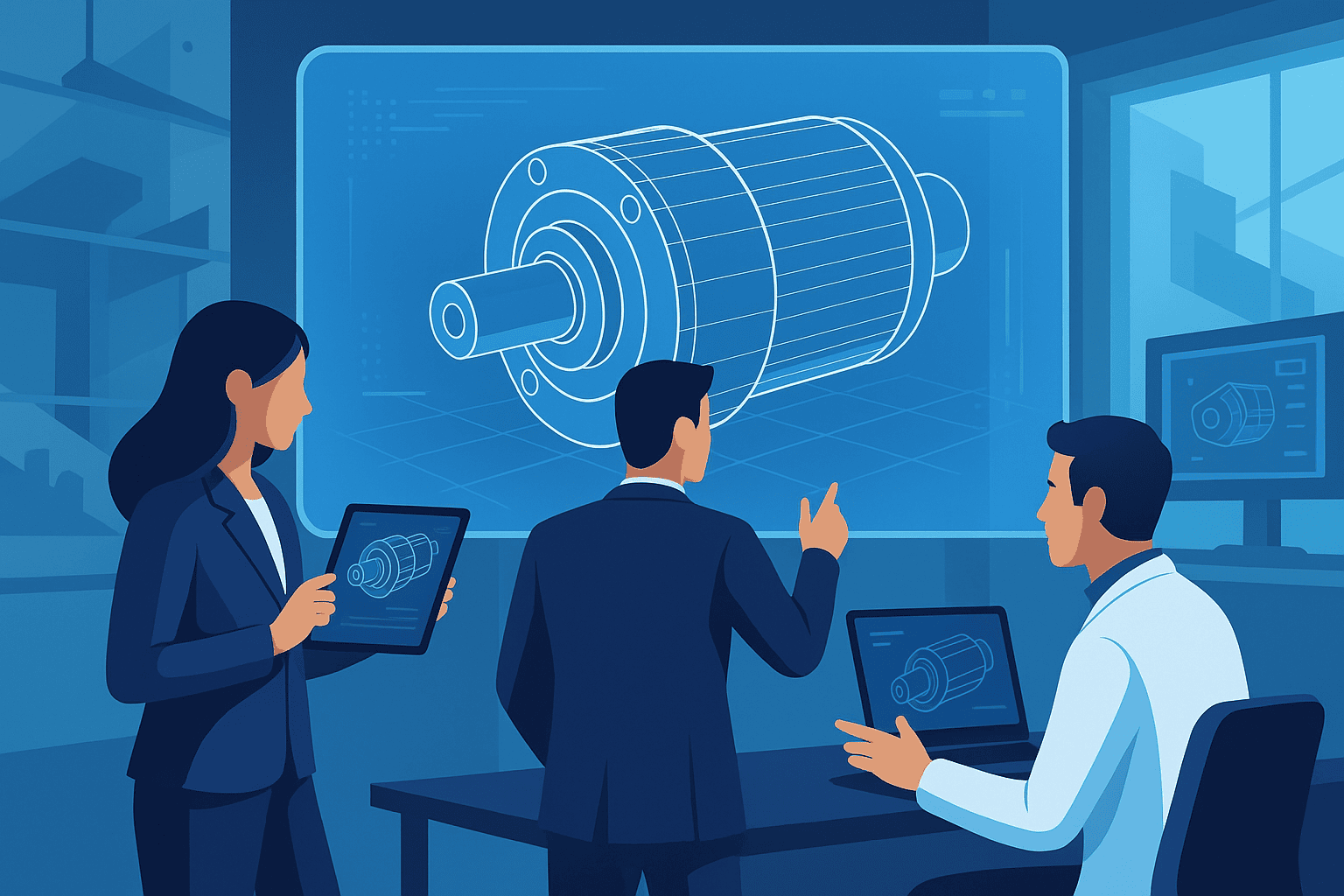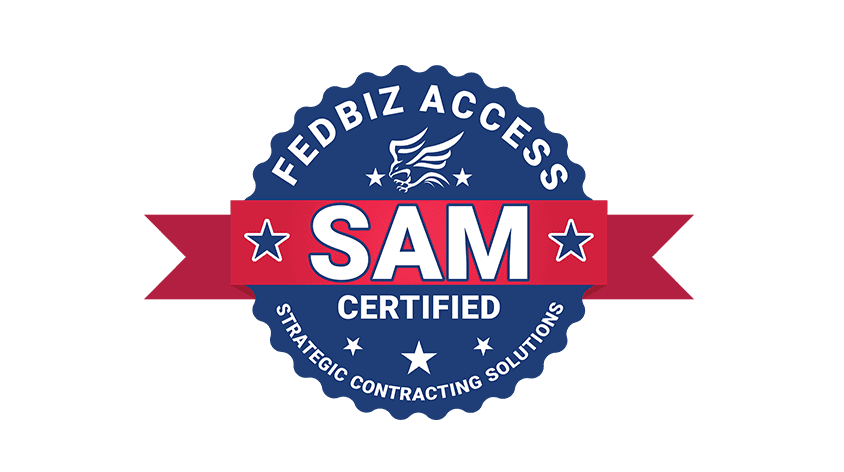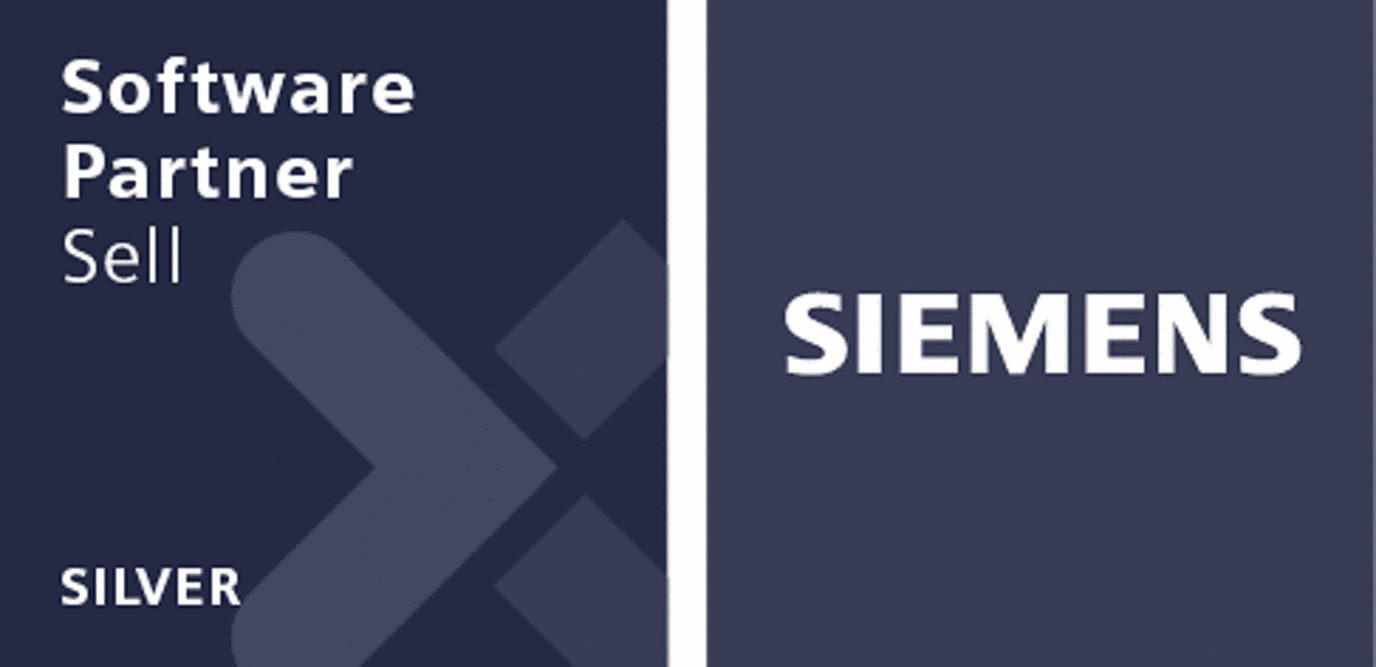
Product development is no longer a straight line—it’s a continuous loop of validation, iteration, and improvement. Leading teams now treat simulation as a design driver, not just a test gate. Let’s explore why that shift matters and how Siemens Simcenter can help you get there.
What’s Changed in Engineering Simulation?
From Late-Stage Validation to Early Insight
A Competitive Imperative
Companies that embed simulation early shorten design cycles, cut prototype spend, and launch higher-quality products sooner. With margins tightening and sustainability targets rising, that’s a real edge.
The Power of an Integrated Simulation Platform
Simcenter unifies mechanical, thermal, fluid, electrical, and acoustic domains in one open ecosystem—from 1D system behavior in Simcenter Amesim® to high-fidelity 3D CAE in Simcenter 3D. The result is a comprehensive digital twin that mirrors product and production performance throughout the lifecycle.Why Engineers Choose Simcenter
Benefit | What It Means for You |
| Drive Productivity | Automate repetitive tasks and focus analysts on innovation |
| Empower Innovation | Explore bigger design spaces without exploding cost |
| De-Risk Decisions | Virtually verify performance, durability, NVH, and thermals before metal is cut |
| Open & Flexible | Connect with Teamcenter, NX, third-party CAD/CAE, and in-house codes |
Real-World Success Stories
Seeing is believing—here’s how peers turned simulation into business value.
Siemens Energy used CFD and additive-manufacturing simulation to develop a dual-fuel burner, cutting expensive tests and slashing preprocessing time 5×.
DENSO automated simulation templates inside a common design platform and trimmed component analysis from 5 days to 1—an 80 % savings.
DTU Wind Energy paired test and analysis in a digital twin of turbine blades, halving model-updating time and boosting certification accuracy.
InMotion engineered an all-electric Le Mans racer that charges in just 12 minutes thanks to Simcenter-driven design exploration.
How to Build a Simulation-First Workflow
Model the Physics That Matter – Start with system-level models (1D) to set requirements, then refine subsystems in 3D CAE.
Unify Data & Processes – Link requirements, CAD, and CAE inside Teamcenter® to maintain a single source of truth.
Automate & Democratize – Package expert methods as reusable templates so designers can run studies on-demand.
Validate Continuously – Close the loop with test data and in-use telemetry to keep the digital twin honest.





